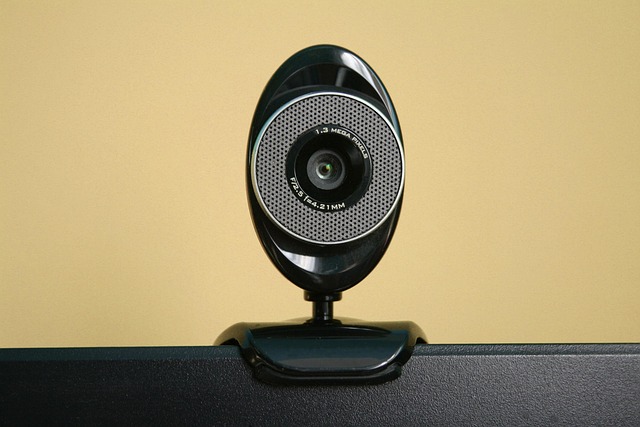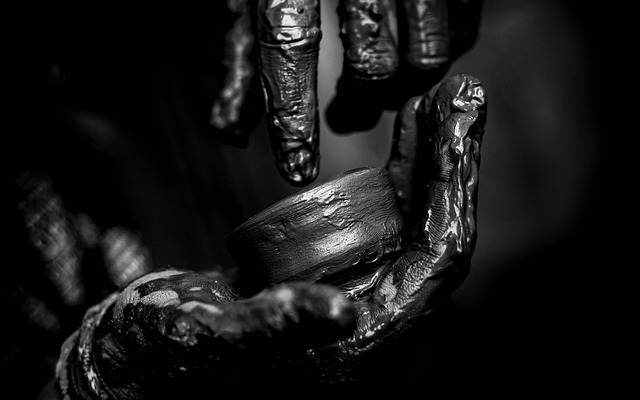In today’s digital age, the landscape of education has transformed profoundly, especially in the realm of online learning. The traditional classroom, with its physical presence and spontaneous interactions, has taken a backseat as we embrace platforms that connect us from the comfort of our homes. One vital element that has emerged as a game-changer in online education is the use of webcams. This simple tool has the power to enhance interaction, foster relationships, and ultimately boost knowledge building among students.
When we think of online education, the image often conjured is one of isolated individuals staring at screens, disconnected from their peers. This perception can lead to a lack of engagement and motivation. However, the integration of webcam technology has brought a new dimension to virtual learning environments. With a webcam, students can put a face to a name, transforming the experience from a mere transactional exchange of information into a vibrant community of learners.
Webcams facilitate real-time interactions that mimic the dynamics of a physical classroom. Students can participate in discussions, ask questions spontaneously, and engage in group activities, all of which are essential for effective learning. For instance, when students use webcams to communicate, they can pick up on non-verbal cues, such as facial expressions and body language, which are often missed in text-based interactions. This visual connection fosters a sense of belonging and encourages students to be more active participants in their educational journey.
Moreover, webcams also promote collaborative learning. Think about the traditional study group: students gathering around a table, sharing ideas, and debating concepts. With webcams, this scenario can be easily replicated online. Students can break into smaller groups, enabling them to work together seamlessly on projects or presentations, regardless of their geographical locations. The very act of seeing each other fosters accountability and builds a culture of cooperation, which is paramount in knowledge-building endeavors.
The role of webcams extends beyond mere interaction; they also help instructors to better gauge student understanding and engagement. In an online environment, it can be challenging for educators to assess whether a student is absorbing material or grappling with confusion. By observing students’ reactions through a webcam, instructors can adjust their teaching strategies in real-time, ensuring that every learner is supported and that knowledge is being built collaboratively.
Indeed, the emotional connections formed through webcam interactions can also enhance knowledge retention. Students who feel a sense of camaraderie with their peers and instructors are more likely to stay engaged with the content and committed to their studies. The shared experiences and connections made through face-to-face video interactions can create a deeper understanding of the material, as students feel more invested in both their learning and the community around them.
However, it is essential to recognize that not every student may feel comfortable using a webcam initially. For some, the idea of being visible during online classes can be daunting. Educators and institutions can help alleviate these concerns by fostering a supportive environment where expressing oneself is welcomed and encouraged. By gradually integrating webcam use into online courses and providing students with the opportunity to practice in low-stakes situations, confidence can grow, and the transformative power of webcam interaction can be fully realized.
As we continue to navigate the complexities of online education, it is clear that webcams offer an array of benefits that go beyond mere functionality. They are tools of connection, bridging the gap that physical distance creates and enabling deep, meaningful interactions that are crucial for effective knowledge building. By harnessing the power of webcam technology, educators and learners can cultivate an engaging, interactive online educational experience that mirrors the best aspects of traditional learning.




